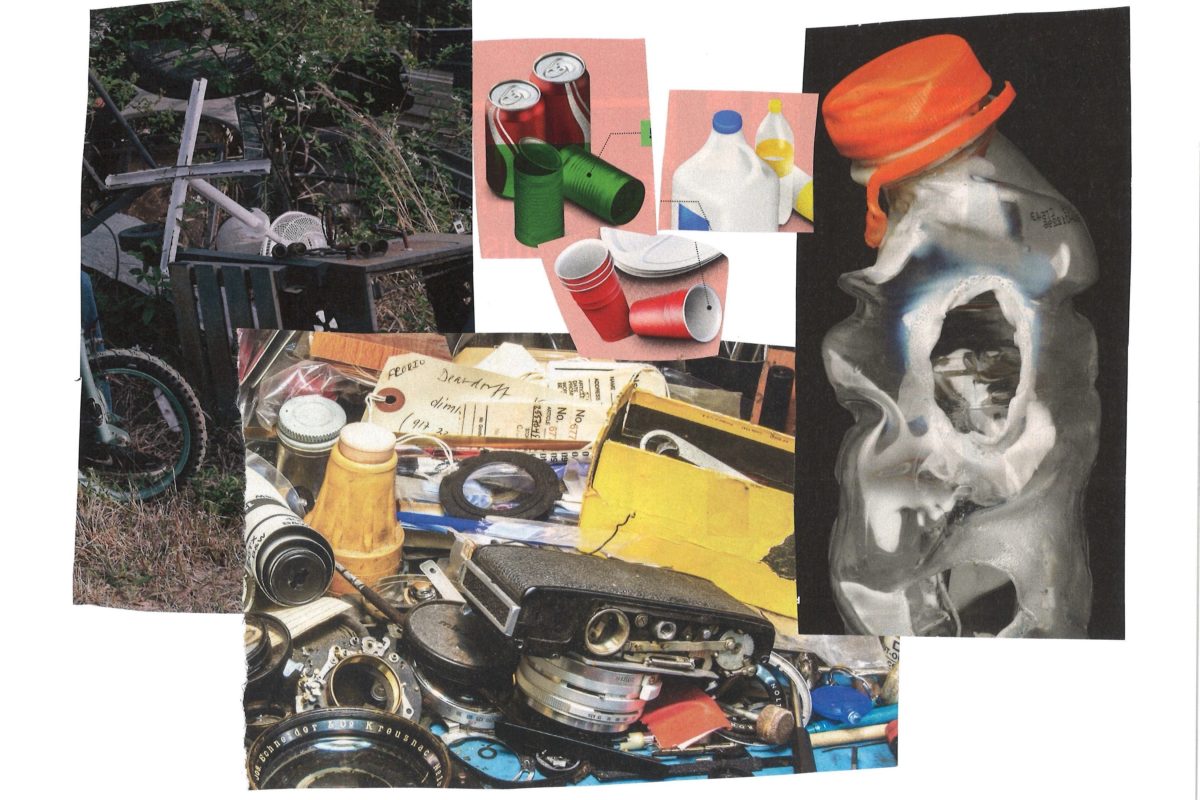What’s the Difference Between Cement and Concrete?
While commuting to work in a place such as, say, New York City, one might find oneself taking in the landscape’s natural beauty: the scent of hot garbage wafting through the air, the wail of various sirens, the odd substances crusting and pooling on the sidewalk. One might ask oneself, Why didn’t I pursue a career as a ski instructor? Also, is this sidewalk made of cement or concrete? And that’s when a weekly What’s the Difference email, and its focused desire to turn the splitting of hairs into a little bit of delight, makes the commute a little more bearable.
Because it turns out, cement and concrete are two very different things. Cement is a powdery substance made up of limestone, sand, clay, bauxite, and/or iron ore, and sometimes includes materials like shells, chalk, marl, shale, blast furnace slag, fly ash, and/or slate. (Some of these “cementitious materials” are actually similar to the volcanic ashes the ancient Romans used to build the Colosseum!) The process of making cement is actually pretty cool: raw materials like limestone and clay are quarried, then crushed into pieces around 3 inches or smaller. The crushed rock is then combined with iron ore or fly ash; ground into even smaller pieces; and then fed into a cement kiln, which has a diameter of 12 feet and, in many cases, is longer than the height of a 40-story building. The high temperatures in the kiln unite the particles into a new substance called clinker, which comes out red-hot in balls the size of marbles. The clinker is cooled in special coolers, then ground into a powder. The resulting cement is so fine that it can pass through a sieve capable of holding water; one pound of cement contains 150 billion grains.
So if cement is a powder, what’s concrete? Concrete is a mixture of sand, gravel, and/or crushed stone (known as “aggregates”) and a paste made of water and—wait for it—CEMENT. This water-cement paste (also used in mortar for brick-laying) coats the sand, gravel, and stone and binds them all together. Through a chemical process called hydration, the paste hardens and gains strength over time; over 90% of a concrete mix’s strength will be reached within four weeks, with the remaining 10% accumulating over decades. Typically, a mix of concrete will contain 10–15% cement, 60–70% aggregates, and 15–20% water, with air bubbles sometimes making up another 5–8%. That concrete is used to build everything from skyscrapers to streets, houses to highways—and probably the very sidewalk you walked down today.
If you liked this, subscribe to the What’s the Difference newsletter here!



